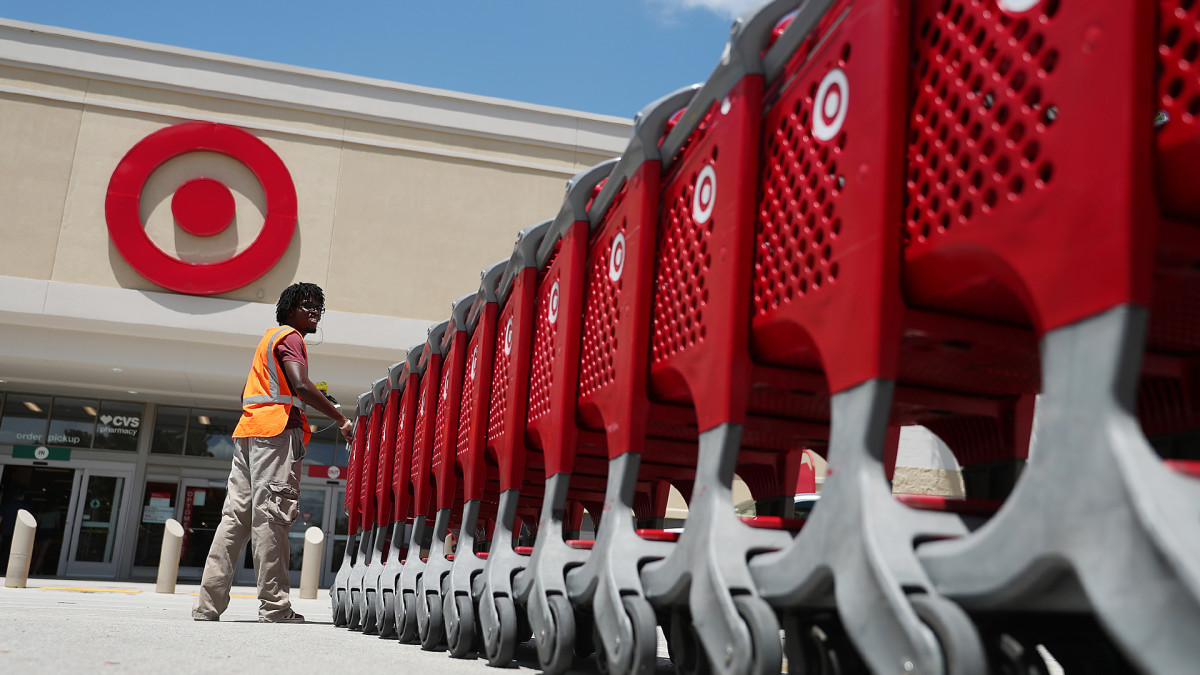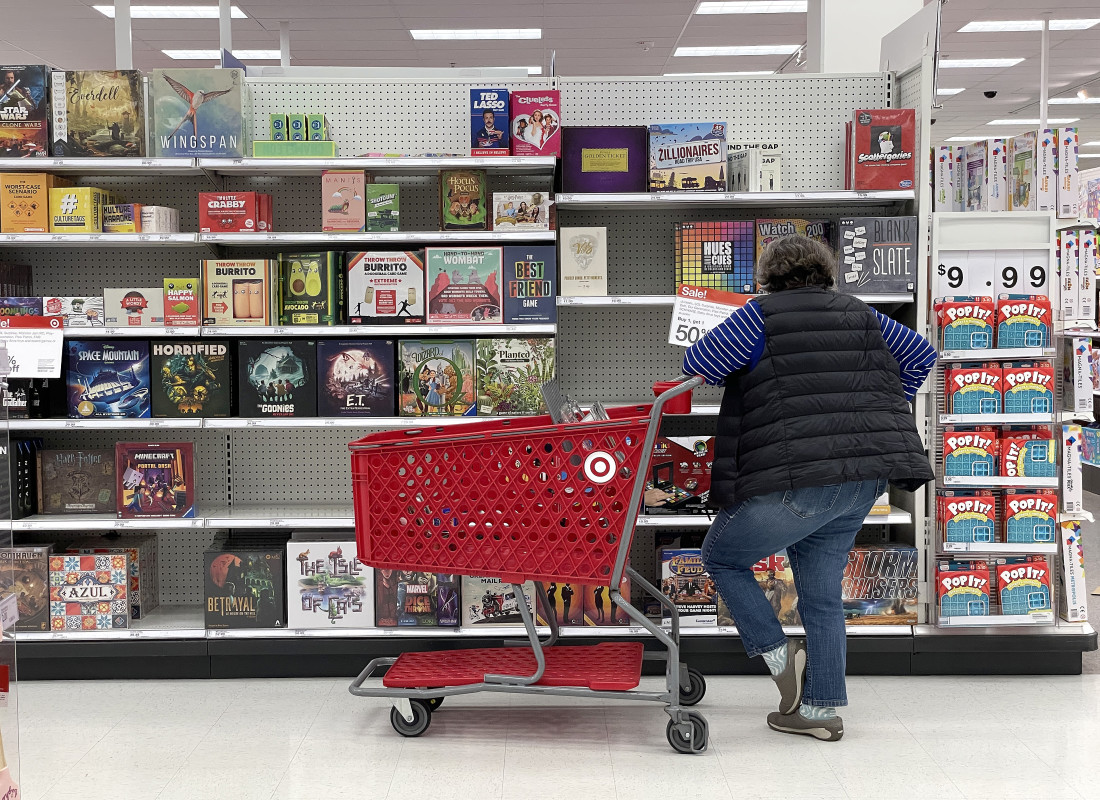
If you've made a recent trip to the grocery store, a big box store, or placed on order online for some essentials, chances are you noticed things were pricier.
The Consumer Price Index (CPI) shows that prices in April increased 0.3% from March. The CPI ticked up 3.4% on a 12-month basis, about in line with expectations but certainly showing no signs that inflation is coming down soon.
Related: Walmart’s newest brand is a big hit with wealthy shoppers
Here's a look at how prices have changed from March to April:
- Food: increase 0.3%
- Energy: increase 1.1%
- Gasoline: increase 2.8%
- Electricity: decrease 0.1%
- New vehicles: decrease 0.4%
- Used vehicles: decrease 1.4%
- Apparel: increase 1.2%
- Medical care commodities: increase 0.4%
- Shelter: increase 0.4%
- Transportation: increase 0.9%
- Medical care: increase 0.4
And while tenths of percentages may not look like much, that stubborn and persistent inflation is enough for nearly everyone to feel.
"The index for shelter rose in April, as did the index for gasoline. Combined, these two indexes contributed over 70% of the monthly increase in the index for all items," the CPI reported.
Some retailers have thus made an effort to help customers out, lowering the prices of some of their top-selling items and most needed staples.

Retailers are slashing prices
In March, Walmart (WMT) announced it would roll back the price of groceries to pre-inflation levels.
"In food, prices are lower than a year ago, in places like eggs, apples, and deli snacks, but higher in other places, like asparagus and blackberries," McMillon said of the store's cost-cutting efforts.
Related: Target making Walmart-style price cuts on thousands of items
"Dry grocery and consumables categories, like paper goods and cleaning supplies, are up mid-single digits [percent] versus last year and high teens versus two years ago. Private-brand penetration is up in many of the countries where we operate, including the United States," he continued.
Target (TGT) made a similar move in May, announcing it would reduce the price of approximately 5,000 items throughout its stores to help ease the battle with inflation.
More Walmart:
- Walmart raises the price of a key service
- Walmart launches cheap brand customers will love
- Some Walmarts make surprising self-checkout change
"We know consumers are feeling pressured to make the most of their budget, and Target is here to help them save more," Rick Gomez, executive vice president and chief food, essentials and beauty officer at Target, said, adding the store had already reduced pricing on up to 1,500 items.
Like at Walmart, many of these price cuts will come from the grocery and essentials aisles, including on the following items:
- Good & Gather Unsalted Butter (1 lb) now $3.79 (was $3.99)
- Good & Gather Organic Baby Spinach (5 oz) now $2.99 (was $3.29)
- Prime Hydration Sports Drinks (16.9 fl oz) now $1.99 (was $2.19)
- Clorox Scented Wipes (75 ct) now $4.99 (was $5.79)
- Huggies Baby Wipes (16 ct) now $0.99 (was $1.19)
- Aveeno SPF 50 Sunscreen (3 fl oz) now $13.19 (was $13.89)
Target CEO warns of issue
But seeing the impact of price cuts may take a while, and inflation has been here for over a year now.
Target reported softer-than-expected earnings this week, seeing its sales decline 3% year-over-year and earnings per share of $2.03 versus the anticipated $2.06.
Target CEO Brian Cornell, who has previously been outspoken about inventory shrink and profit losses, largely blamed the decline on customers who were either inflation-weary or choosing to put their money into experiences, as opposed to goods.
"Business trends continue to reflect a normalization in spending patterns that first emerged more than two years ago, a pattern where consumers are remixing their spending back into services and entertainment outside of their homes after curtailing those activities during the pandemic," Cornell told analysts on the earnings call.
"This normalization, combined with the cumulative impact of higher prices on consumer budgets, is resulting in continued soft trends in discretionary categories, most notably in home and hard lines."
Target did not update its projections for the full fiscal year, maintaining it expects comparable store sales, or the performance of stores that have been in operation for over one year, to remain about even year over year or up to 2% growth.
Related: Veteran fund manager picks favorite stocks for 2024







